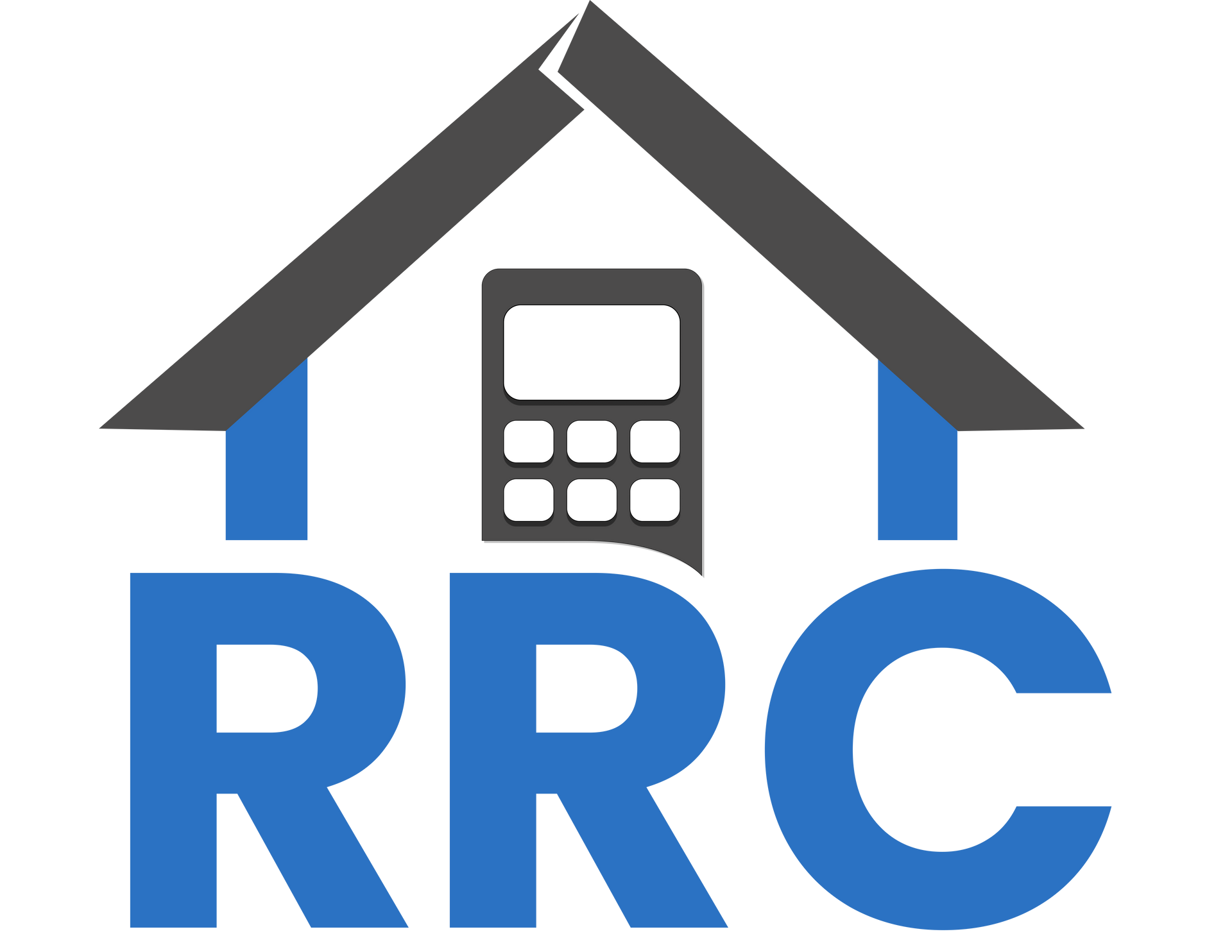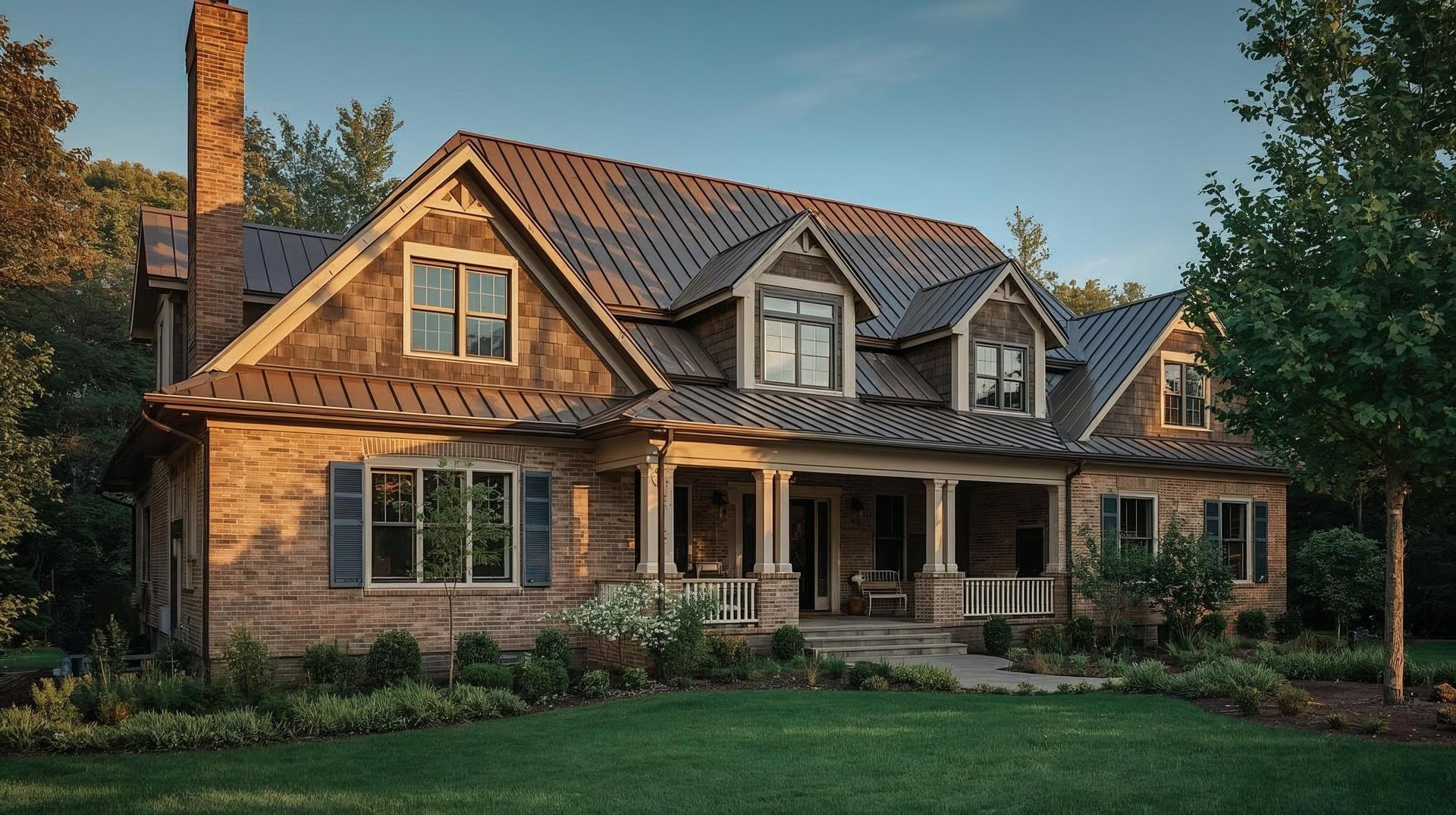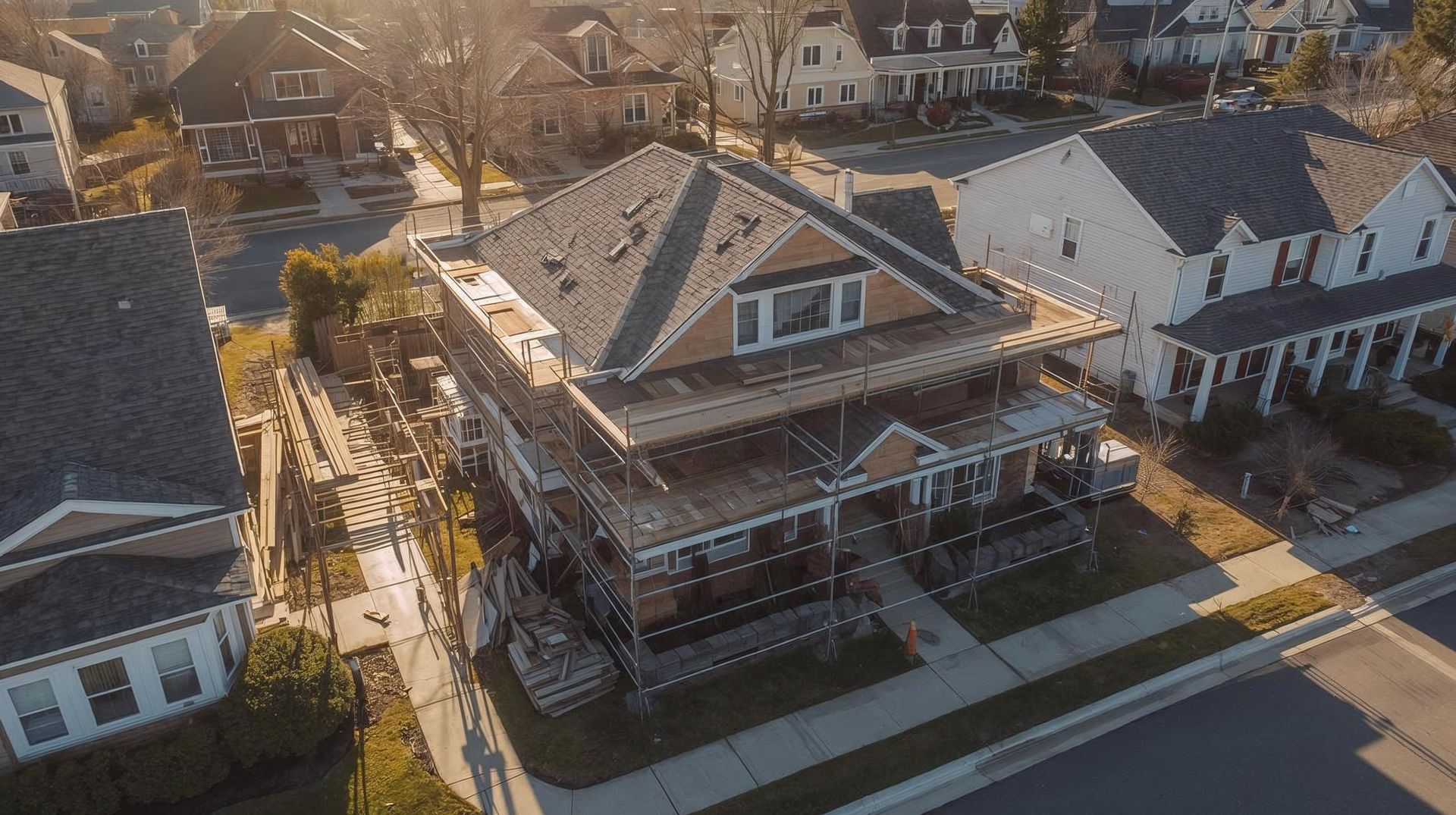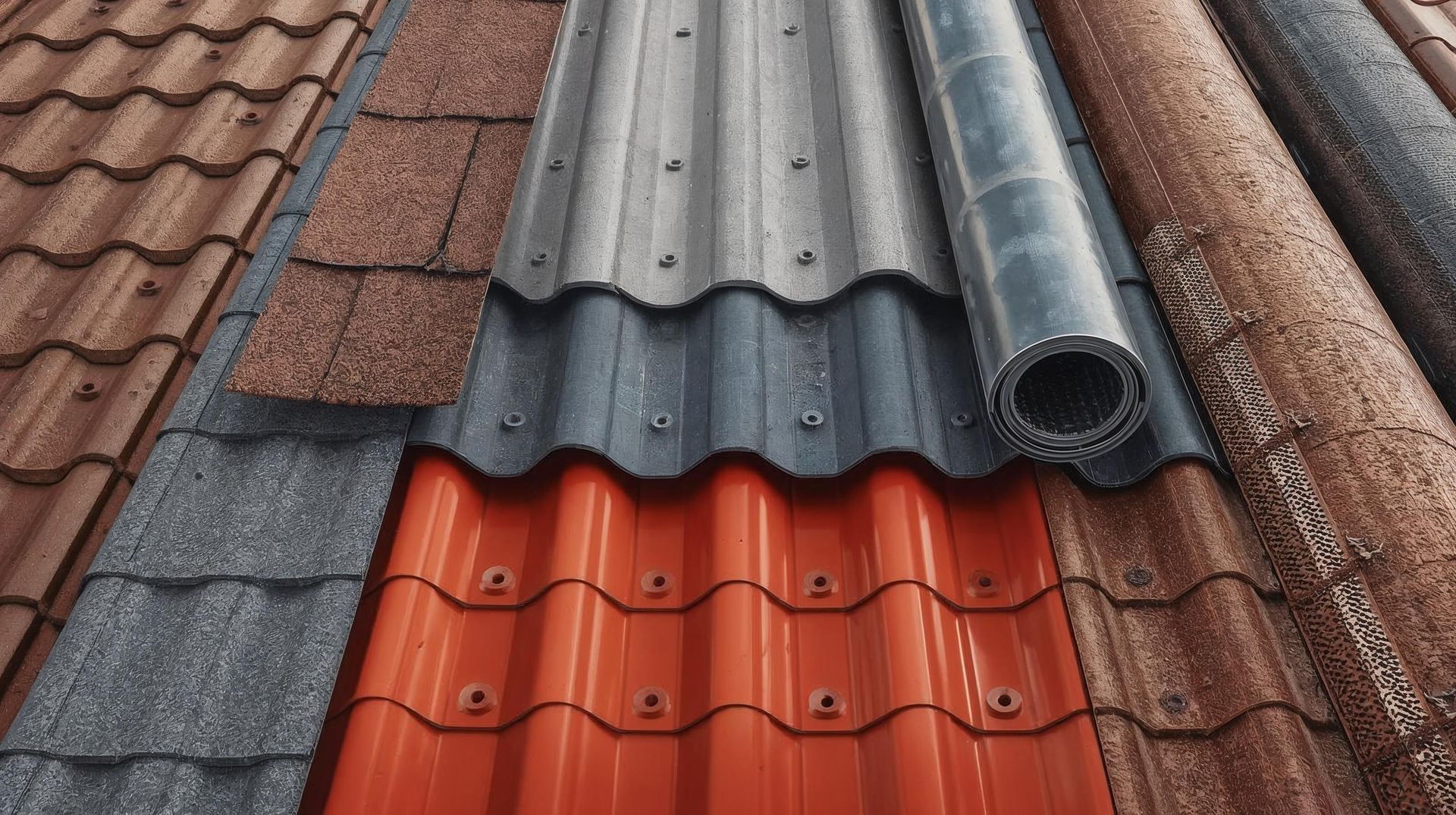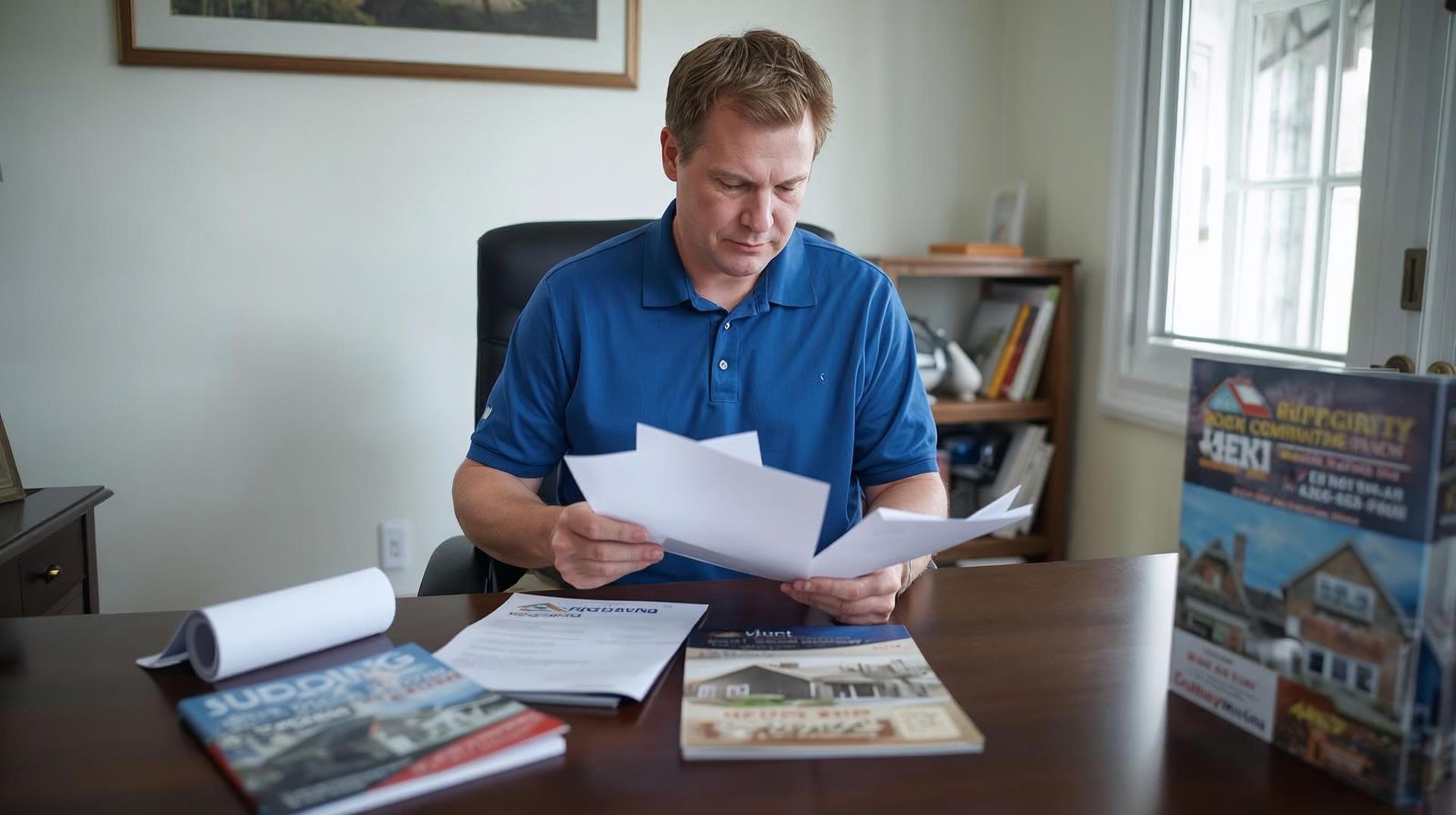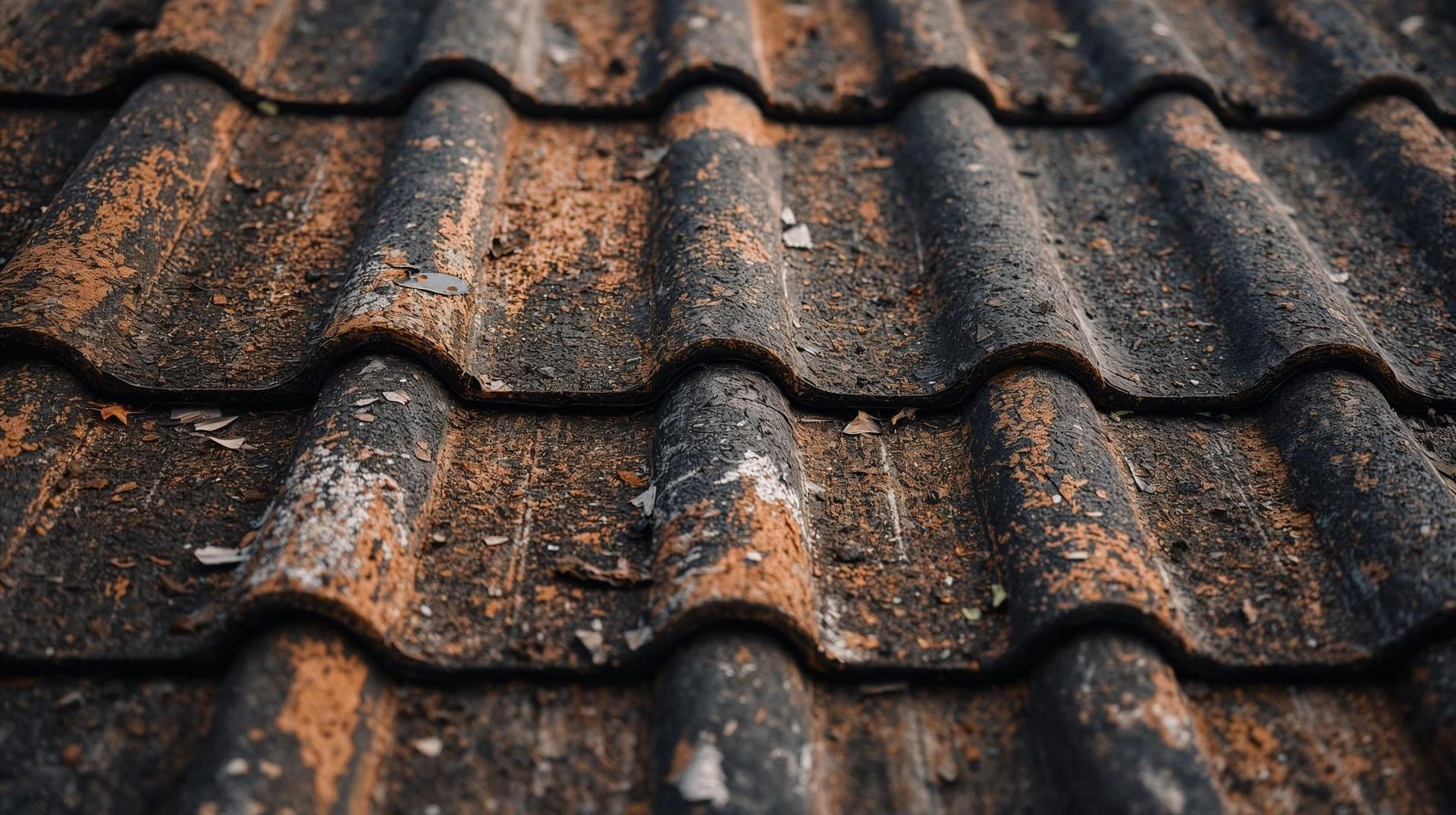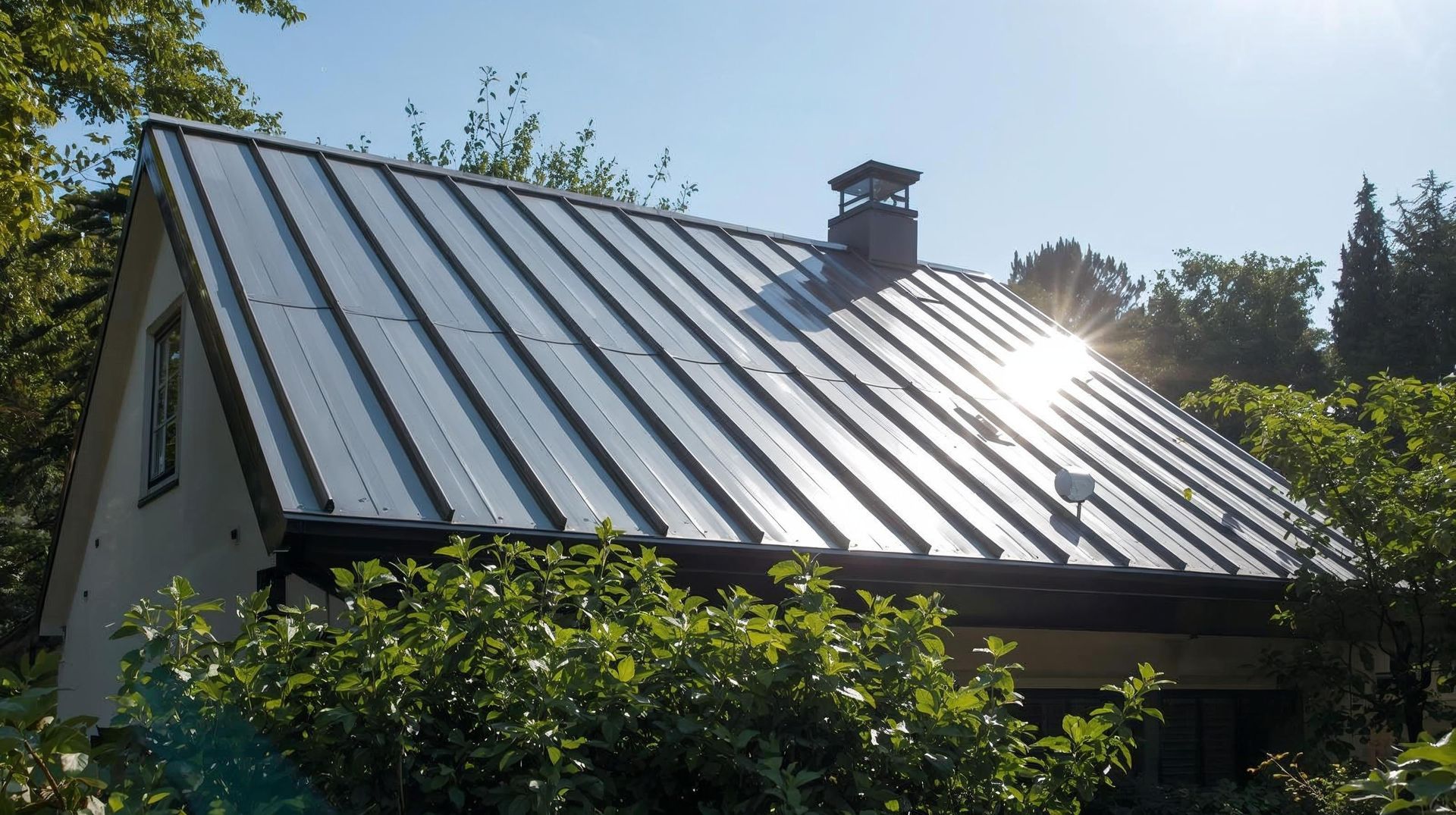Roof Financing Options for 2025: Loans, Insurance, and More
- Best for Low Rates: Home Equity Loans (HELOCs) typically offer the lowest interest rates if you have equity in your home.
- Best for Speed: Personal Loans are often the fastest way to get funded, with some lenders approving funds in just a few days.
- Best for Convenience: Contractor Financing is the most convenient, one stop shop option, often with promotional 0% APR offers.
- Check Insurance First: Before seeking a loan, check if your homeowners' insurance will cover the cost due to storm damage.
- Look for "Free Money": Don't miss out on tax credits and rebates for solar or energy efficient roofing, which can save you thousands.
- Know Your Numbers First: Use a roof replacement cost calculator to get an accurate estimate of how much you need to borrow before you apply.
- Best For: Speed and no collateral required, ideal for urgent roofing projects.
- Interest Rate (APR): Typically 8-20%, with the most competitive interest rates reserved for those with good or excellent credit.
- Loan Amount: Usually $1,000 - $100,000, with fixed monthly payments.
- The Bottom Line: A personal loan from a bank or credit union or online lenders is a great choice for homeowners who need funding fast. Because it's an unsecured loan, your house is not on the line, and the funds are often available in a matter of days. Your credit history will be heavily scrutinized.
- Best For: Lowest interest rates and larger loan amounts.
- Interest Rate (APR): Typically 7-12%, often variable with a HELOC.
- Loan Amount: Based on your home's equity.
- The Bottom Line: A home equity loan or home equity line of credit (HELOC) is the most affordable of the equity loans if you have equity built up. Using your home as collateral results in a lower rate from your financial institution, but it comes with closing costs and a longer application process.
- Best For: Convenience and 0% APR promotional offers.
- Interest Rate (APR): Can be 0% for 6-24 months, but jumps to a high rate (15-25%+) afterward.
- Loan Amount: Covers the project cost of the new roof.
- The Bottom Line: Many roofing companies work with a financing partner to offer this convenient option. It's perfect if you can get a good 0% APR deal and are certain you can pay it off before the promotional period ends. Be sure to read the financing terms carefully.
- Best For: Homeowners already looking to refinance their mortgage.
- Interest Rate (APR): Based on current mortgage rates.
- Loan Amount: Varies.
- The Bottom Line: A powerful option with low interest rates that rolls the roofing costs into your mortgage. However, it involves closing costs and resets your mortgage term, so it's best suited for those who benefit from refinancing anyway.
- Best For: Homeowners with less equity or a moderate credit score who may not qualify for other roof loans.
- Interest Rate (APR): Rates are set by the FHA-approved lender and are generally competitive.
- Loan Amount: Up to $25,000 for home improvements (for a single-family home).
- The Bottom Line: This is a great financing solution if you're having trouble getting approved for a traditional loan. The government backing makes lenders more willing to offer funds, but remember you're still borrowing from a regular financial institution, just with FHA insurance.
- Best For: Homeowners whose roof was damaged by a covered event (storm, hail, fire, wind).
- Payment Type: Direct payment or check from your insurance provider (not a loan).
- Coverage Amount: The replacement cost of the damaged roof, minus your policy's deductible.
- The Bottom Line: This should always be your first step if your roof has storm damage. Filing a successful insurance claim means you might only have to pay your deductible out of pocket, potentially saving you from needing a roof loan altogether. It's crucial to document all damage and contact your insurance provider promptly.
- Check Your Credit Score: Before you do anything, know where you stand. A higher score (generally a minimum credit score of 670) will unlock the best loan terms.
- Get a Precise Project Cost: Don't guess how much you need to borrow. Use a roof cost calculator or get a few quotes to determine a realistic loan amount.
- Gather Your Documents: Lenders will need to verify your financial stability. Have proof of income (pay stubs, W-2s), identification, and information about your assets and debts ready.
- Submit Your Applications: It's smart to apply to multiple lenders (e.g., your bank, credit unions, an online lender) to compare real offers. Submitting all applications within a 14-day window minimizes the impact on your credit score.
What's the fastest way to get money for a new roof?
A personal loan is typically the fastest of the roof financing options, with some online lenders providing funds in as little as 1-3 business days after approval.
Can I get a roof loan with bad credit?
Yes, but it will be more challenging and expensive. You may need to look for lenders who specialize in loans for homeowners with lower credit scores, and you should expect to pay much higher interest rates.
Is 0% financing from a contractor a good deal?
It can be a great deal if you can pay off the entire loan amount before the promotional 0% APR period ends. If you can't, the interest rate often jumps to a very high level, making it more expensive in the long run.
Is it better to get a loan from my bank or my contractor?
It depends. A bank or credit union may offer more competitive interest rates and better repayment terms, especially if you have an existing relationship. Contractor financing is more convenient, but you should always compare the financing terms to ensure you're getting the best deal for your financial situation.
